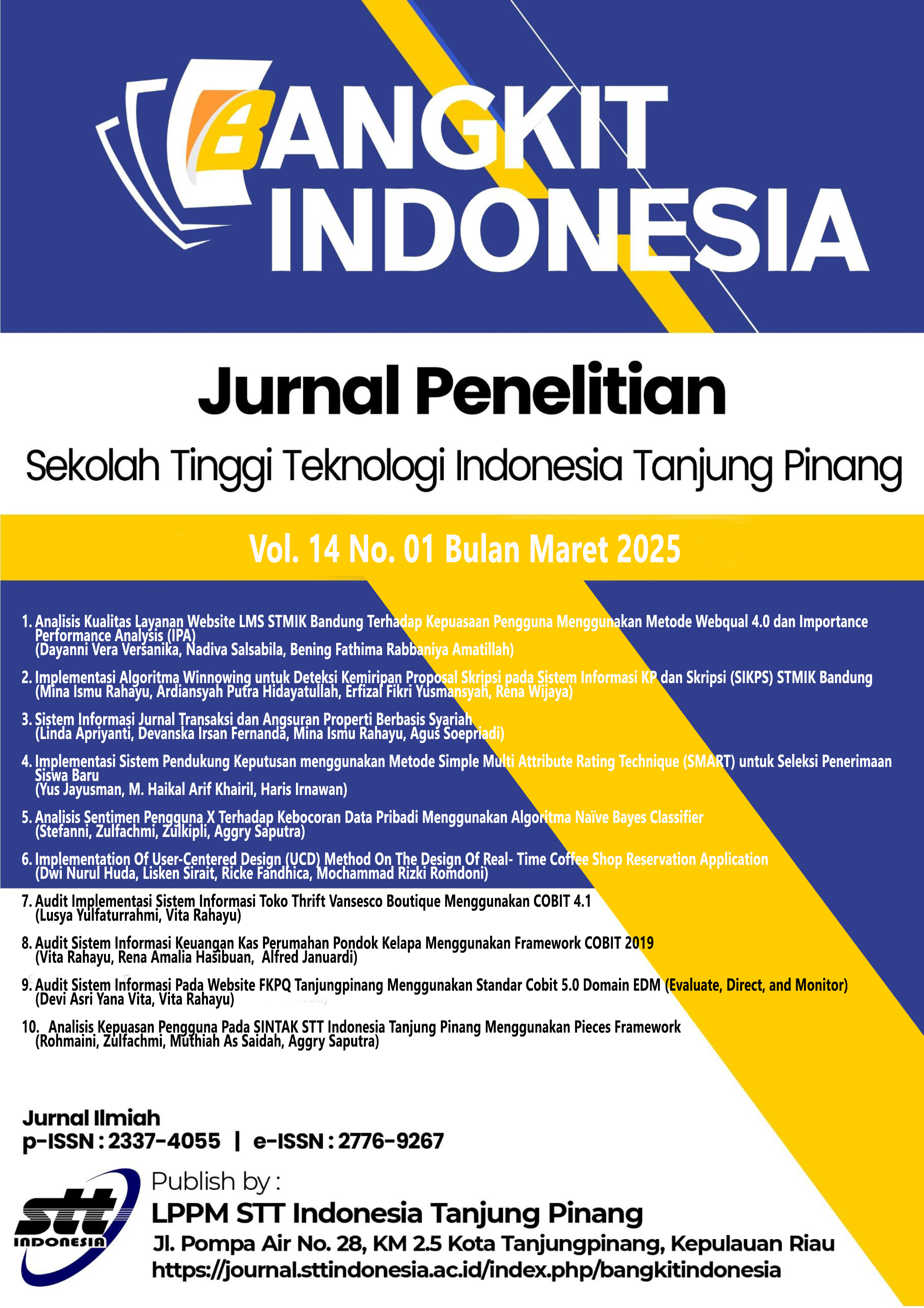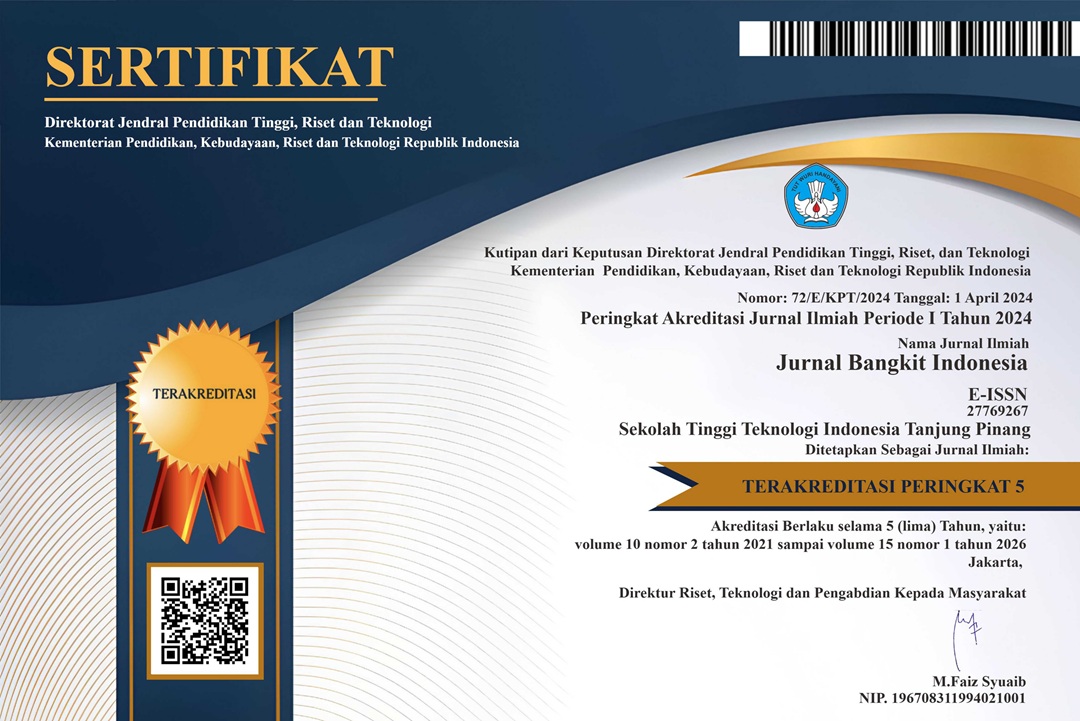Implementation Of User-Centered Design (UCD) Method On The Design Of Real- Time Coffee Shop Reservation Application
Abstrak
The digitalization of business has changed many aspects of life, including how coffee shops do business. In this context, SMS, WhatsApp, and Instagram technologies have become important tools in helping customers make reservations. Reservations at coffee shops allow customers to ensure a seat when visiting and avoid disappointment due to full coffee shops. At Samanko Coffee Roasters, reservations are made via WhatsApp, with customers contacting the contact listed on Samanko Coffee Roasters' Instagram account. This process involves several steps, including checking the availability of seats according to the customer's wishes and manual recording in a notebook. The problem that arises is the difficulty in identifying real-time seat availability and limitations in recording customer data. This can cause inconvenience and decrease customer satisfaction. The solution to this problem is the development of a Samanko Coffee Roasters reservation website using the User Centered Design (UCD) approach. The UCD approach places the user as the main focus in system design. The website interface can be customized according to user needs by involving users in the development process. Using the UCD method provides an effective solution based on usability evaluation using the SUS method on 20 respondents obtained a score of 87, meaning that the acceptance of the design is at level A or excellent.
##submission.copyrightStatement##
##submission.license.cc.by-nc-sa4.footer##Hak cipta :
Penulis yang menerbitkan naskahnya di Jurnal ini menyetujui ketentuan berikut:
Hak cipta atas artikel apa pun di Jurnal Bangkit Indonesia oleh LPPM STT Indonesia Tanjung Pinang berlisensi di bawah Creative Commons Attribution-NonCommercial-ShareAlike 4.0 International
Penulis mengetahui bahwa Jurnal Bangkit Indonesia berhak menerbitkan untuk pertama kalinya dengan Lisensi Creative Commons Attribution-ShareAlike 4.0 International License / CC BY-SA 4.0
Penulis dapat memasukkan tulisan secara terpisah, mengatur distribusi non-eksklusif naskah yang telah diterbitkan di jurnal ini ke dalam versi lain (misalnya dikirim ke tempat penyimpanan institusi penulis, penerbitan dalam buku, dll), dengan mengakui bahwa naskah tersebut telah diterbitkan atau pertama kali di Jurnal Bangkit Indonesia
Lisensi :
Jurnal Bangkit Indonesia diterbitkan berdasarkan ketentuan Lisensi Internasional Creative Commons Attribution-ShareAlike 4.0 / CC BY-SA 4.0 Lisensi ini mengizinkan siapa pun untuk menyalin dan mendistribusikan kembali materi ini dalam bentuk atau format apa pun, menyusun, memodifikasi, dan membuat karya turunan dari materi ini untuk tujuan apa pun, termasuk tujuan komersial, selama tujuan tersebut mencantumkan penghargaan kepada Pencipta karya aslinya.












